#earthisblue


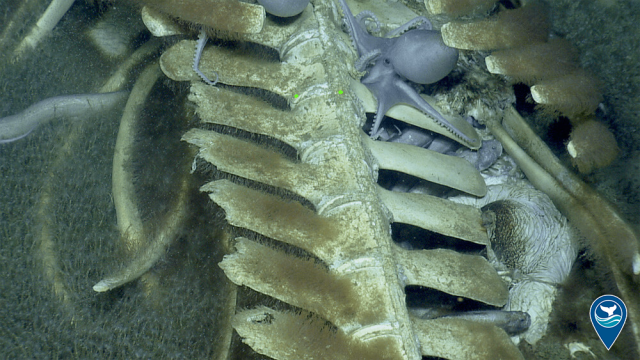
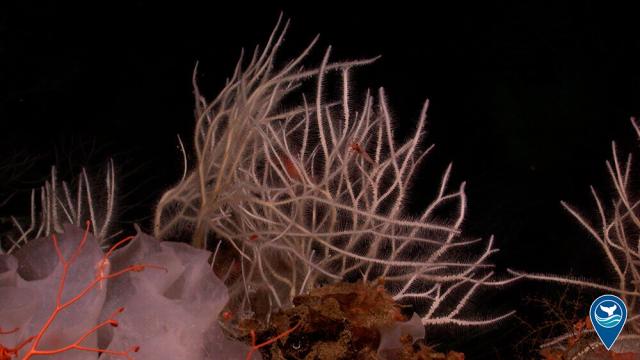
Davidson Seamount, located 80 miles southwest of Monterey, California, was first mapped in 1933 and was the first undersea feature to be characterized as a “seamount.“ Roughly 200,000 seamounts exist throughout the world, but relatively few have been explored and protected. Since the first biological expedition to Davidson Seamount in 2002, it has been globally recognized as one of the best studied and most protected seamounts.
Learn about some of the cool findings made in Monterey Bay National Marine Sanctuary and how this protected seamount teaches us about unique geologic formations deep in the ocean that contribute to ecological quality and ocean productivity.
Read it here: https://sanctuaries.noaa.gov/news/may22/explore-spectacular/10-discoveries.html
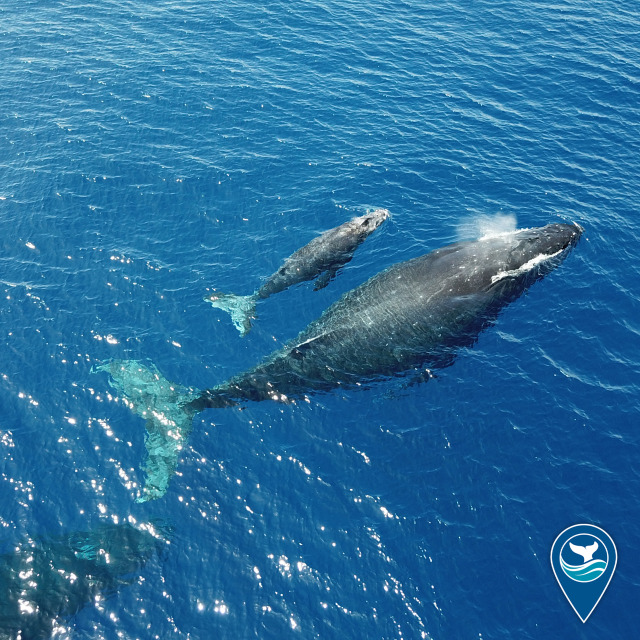
Keep your friends close and your mother closer
Did you know humpback whale calves stay near their mothers for up to one year before weaning? Mothers are protective of their calves, swimming closely and often touching them with their flippers. In the long-term, calves are likely to be found in the same feeding and breeding areas as their mothers.
Happy Mother’s Day from your National Marine Sanctuary System!
Photo credit: J. Moore/NOAA, under MMHSRP permit #18786-02

This #HurricanePreparednessWeek, take a look back at last year’s webinar to learn how to correctly interpret the National Hurricane Center forecasts and apply it to your plan to stay safe during hurricane season.
Join Andy Latto, Hurricane Specialist at the National Hurricane Center, as he discusses the main impacts of hurricanes on the Carolinas and the mid-Atlantic region. Learn how these destructive storms form and when to expect the biggest threats to the area. Andy will also discuss the National Hurricane Center’s forecast process, including tracking a storm and determining its intensity. He will illustrate some of the challenges and uncertainties faced each time they issue a forecast package. Be sure to register for this webinar to learn how to correctly interpret the National Hurricane Center forecasts and apply it to your plan to stay safe during hurricane season.
https://sanctuaries.noaa.gov/education/teachers/hurricane-hazards-and-science.html
Photo credit: NASA
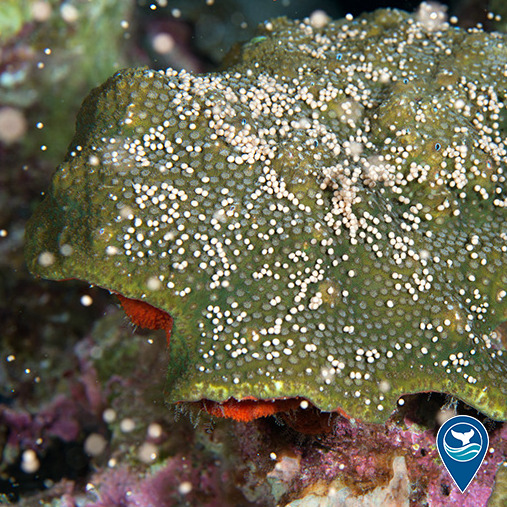

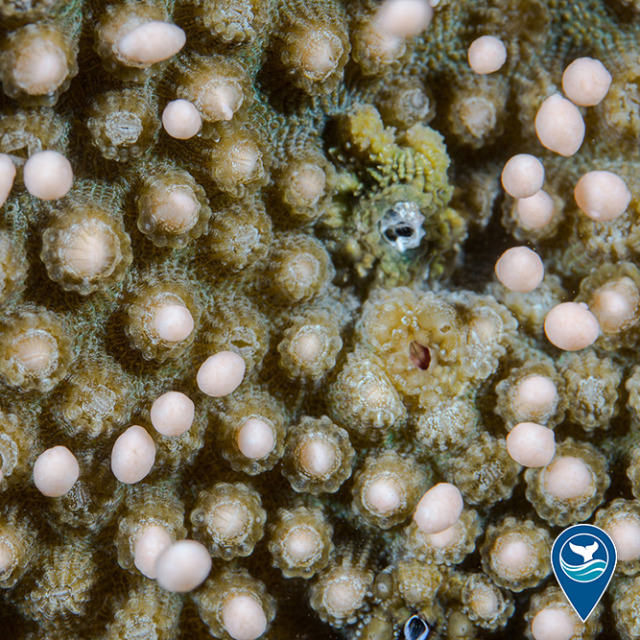
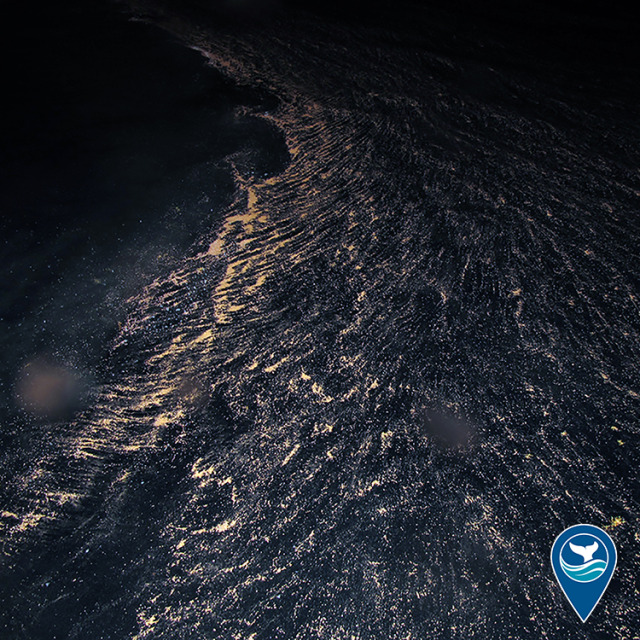
The spirit of exploration is what draws us to visit places off the beaten path—it’s what keeps us asking and seeking answers to new questions—further invigorating our curiosity. Through the end of June, we’ll be diving into how exploration and research help us understand and manage threats to sanctuary resources.
This first feature showcases the fantastic mass coral spawning displays that occur every August in Flower Garden Banks National Marine Sanctuary, and how studies in the sanctuary offer valuable information about coral reef health in other parts of the tropical West Atlantic where coral restoration efforts are underway.
Read it here: https://sanctuaries.noaa.gov/news/may22/explore-spectacular/10-discoveries.html

Happy National Travel and Tourism Week! Travel plays a very important role in creating jobs, helping communities thrive, and reconnecting America. This week, join thousands of travel and tourism professionals in celebrating what makes our industry so special and how together, we are building the #FutureOfTravel.
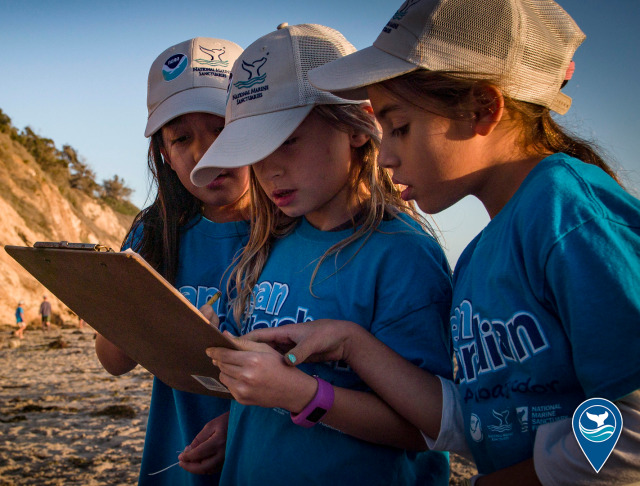
Happy #NationalTeachersDay to the talented leaders of education in the United States! We are especially appreciative of all the incredible teachers and instructors that incorporate marine science, conservation, and exploration into their yearly curriculums.
The NOAA Office of National Marine Sanctuaries aims to provide teachers with resources and training to support ocean literacy in America’s classrooms. Interested in incorporating our resources into your curriculum? Visit https://sanctuaries.noaa.gov/education/teachers/.
Looking for other ways to engage students or schools? The 2022-2023 Ocean Guardian School application is now available on the Ocean Guardian School website! Deadline to apply is June 1st. https://sanctuaries.noaa.gov/education/ocean_guardian/application.html?utm_medium=email&utm_source=GovDelivery

The first week of May is always very special to our team at NOAA’s Office of National Marine Sanctuaries. This week, we celebrate #PublicServiceRecognitionWeek, which honors the contributions of federal, state, county, and local government employees throughout the United States.
NOAA’s Office of National Marine Sanctuaries serves as the trustee for a network of underwater parks encompassing more than 600,000 square miles of marine and Great Lakes waters. The network includes a system of 15 national marine sanctuaries and Papahānaumokuākea and Rose Atoll marine national monuments.
Our team is made up of a dedicated and diverse group of scientists, researchers, divers, communicators, conservation specialists, administrative workers, sanctuary employees, and so many more talented professionals. Thank you to all of those who have made, and continue to make, NOAA’s Office of National Marine Sanctuaries the notable and resourceful system it is today. Happy #PublicServiceRecognitionWeek!

Saturday snoozin’ or soakin’ up the sun? ☀️ These California sea lions really know how to do both!
We are wishing you a beautiful Spring weekend from all of us at NOAA’s Office of National Marine Sanctuaries. How are you spending your Saturday?

Are you interested in learning about Our Blue Legacy?
The Marine Protection, Research, and Sanctuaries Act was signed on October 23, 1972, creating one of the oldest and largest networks of underwater parks in the world. Today the National Marine Sanctuary System covers more than 620,000 square miles of protected ocean and Great Lakes waters in 15 national marine sanctuaries and two marine national monuments. On October 23, 2022, the sanctuary system celebrates its 50th anniversary and is using the opportunity to, among other things, issue the Our Blue Legacy report summarizing its impacts and accomplishments as it looks forward to the next 50 years.
Download the full report: https://sanctuaries.noaa.gov/50/our-blue-legacy.html

Whaling stretches far back in human history, with evidence dating back to the Middle Ages, to Indigenous and cultural uses over the last several thousand years, to the emergence of a global commercial whaling industry over the last two centuries. Commercial whaling in American waters came to an end on Dec. 31, 1971, and the last whale to be taken for commercial harvest was a sperm whale taken near San Francisco Bay, in what is today Cordell Bank National Marine Sanctuary. Thanks to the Endangered Species Act, Marine Mammal Protection Act, National Marine Sanctuaries Act, and other legislation, many of the waters that were once killing grounds for whales are now a haven for wildlife of all kinds.
Read “The Last Whale” to learn more: https://sanctuaries.noaa.gov/news/apr22/the-last-whale.html

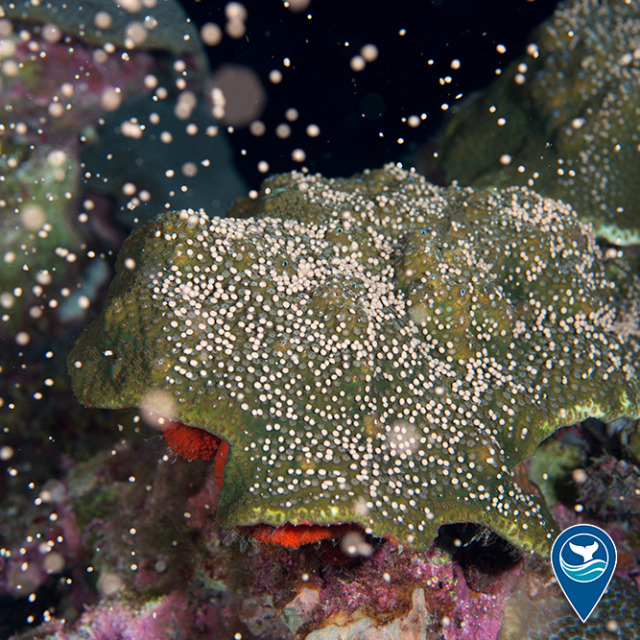
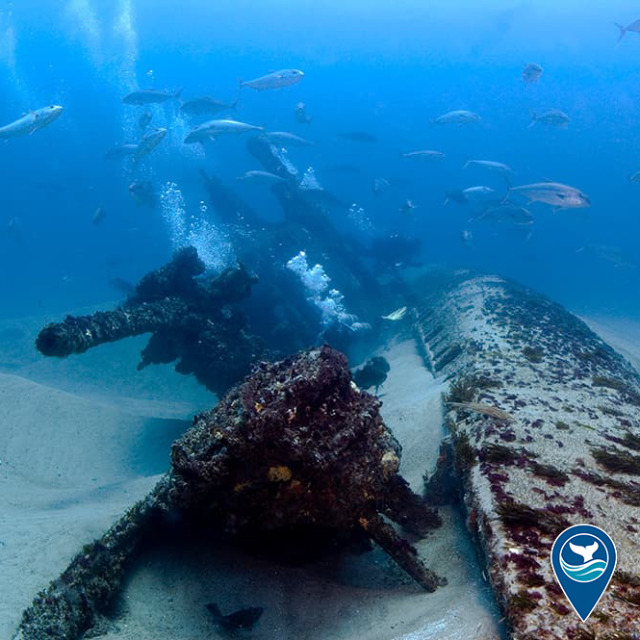


Explore The Power of Wow in our latest web story highlighting incredible scientific discoveries in ocean parks
From even before the passage of the Marine Protection, Research, and Sanctuaries Act of 1972 (MPRSA), it was clear that science was intended to be central to the creation and management of national marine sanctuaries. “Scientific value” is one of the qualities of an area that helps judge its special national significance and thus its fitness as a sanctuary, and in 1984 Congress added a mandate to the MPRSA for NOAA to conduct research as necessary to meet the purposes of the act. From these beginnings the sanctuary system has developed an outstanding science legacy. One measure of its achievements is the half-century of discovery of new things—such as shipwrecks, artifacts, species, habitats, and natural processes—that inspire, amaze, and awe us. Let’s explore the power of wow!
https://nmssanctuarieseus2-dev.azurewebsites.net/50/the-power-of-wow.html
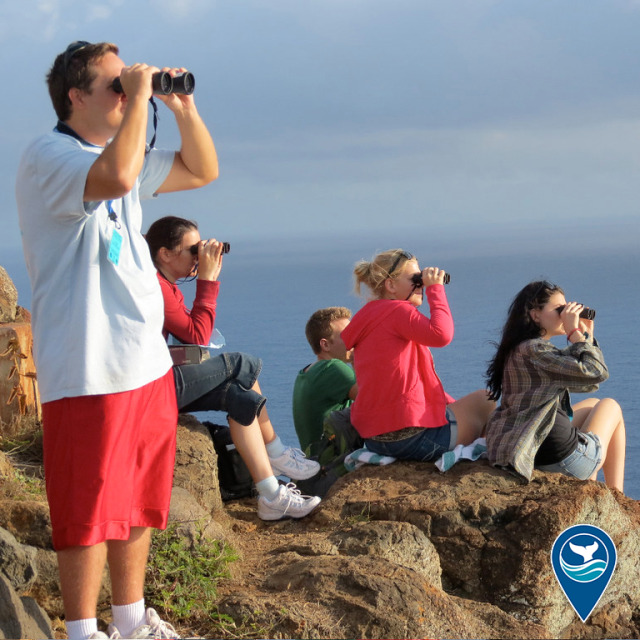
We’re sharing some of our favorite National Volunteer Month features from recent years. 2017’s two-part web story how citizen science and other volunteer programs help engage the public in the care of their national marine sanctuaries.
These volunteers are involved in Hawaiian Islands Humpback Whale National Marine Sanctuary’s Sanctuary Ocean Count, which offers the community a chance to monitor humpback whales from the shores of Oʻahu, Hawaiʻi and Kauaʻi.
Part 1: https://sanctuaries.noaa.gov/news/feb17/community-engagement-in-sanctuaries.html
Part 2: https://sanctuaries.noaa.gov/news/apr17/community-engagement-in-sanctuaries-citizen-science.html

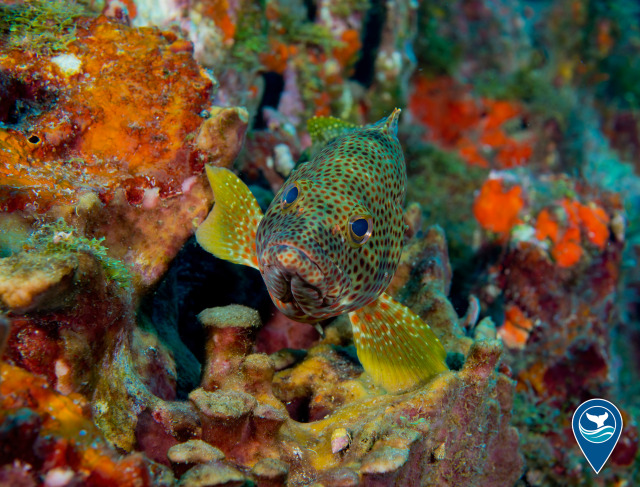
Learn how to photograph stunning marine life with Jesse Cancelmo
Have you ever wondered how to capture amazing photographs of marine life? Are you interested in improving your photography skills or trying something new? Jesse Cancelmo is here to help. An accomplished diver and underwater photographer, Cancelmo made his first scuba dive in 1969 on a coral reef in Bermuda. Since that plunge, he has stoked his passion by diving around the globe from World War II wrecks off the New Jersey coast to the coral reefs of Papua New Guinea. Cancelmo’s photography and articles have appeared in leading wildlife, diving, and news publications including Dive Training magazine, BBC Wildlife, National Geographic, USA Today and Newsweek. Cancelmo is the author of four books: Diving Bermuda, Diving Cayman Islands, Texas Coral Reefs, and Glorious Gulf of Mexico, which features images of the coral reefs and marine life of the three countries with shorelines on the Gulf—Mexico, Cuba, and the U.S.
May 25, 2022 at 1 pm Hawai`i / 4 pm Pacific / 6 pm Central / 7 pm Eastern
Register:
https://attendee.gotowebinar.com/register/371258220486875917

New Release: Ocean Acidification Resource Collection
What is Ocean Acidification?
The ocean absorbs the extra carbon dioxide we emit into the atmosphere when we burn fossil fuels, like coal, oil, and methane gas, and that changes the chemistry of the ocean. We call this “ocean acidification.” The change in chemistry is reducing the amount of calcium carbonate in the ocean. Just as humans need calcium to build their bones, sea creatures need calcium carbonate to build strong skeletons and shells. Ocean acidification changes the chemistry of the ocean and causes “osteoporosis of the sea,” which prevents animals at the bottom of the food chain from building and maintaining the protective shells they need to survive.
Explore this new collection of NOAA videos, lesson plans, webinars, web stories, virtual reality, and much more.
https://sanctuaries.noaa.gov/education/teachers/ocean-acidification/

How’s your #NationalVolunteerWeek going?
Volunteers help to ensure national marine sanctuaries remain America’s underwater treasures for future generations. These volunteers participate in a wide variety of activities including diving, whale identification, beach cleanups, water quality monitoring, collecting field observations and surveys, acting as visitor center docents, and wildlife monitoring.
Although we think #NationalVolunteerWeek should be every week, this week we are especially appreciative of all our incredible sanctuary volunteers! Are you interested in volunteering with us? Visit https://sanctuaries.noaa.gov/involved/volunteer_future.html
Photo credit: Daryl Duda

Whether you live near or far from our magnificent ocean, we can all celebrate the gift of the sea! From feeding us to providing oxygen, regulating our climate and more, there are myriad ways the ocean impacts our daily life.
We can’t wait to celebrate Earth Day this Friday! Have you made any plans to celebrate on April 22nd?


Check out the latest poster in our 50th Anniversary #SaveSpectacular poster series!
Our new poster features Cordell Bank National Marine Sanctuary, located off the coast of Northern California. Within its 1,286 square miles, ocean conditions and undersea topography combine to fuel a rich and diverse marine community around Cordell Bank.
Take a look for yourself, and download the poster today: https://sanctuaries.noaa.gov/posters/cordell-bank/
(Illustration by Matt McIntosh/NOAA. Cordell Bank National Marine Sanctuary is a marine oasis that protects soft seafloor habitat, a rocky bank, deep sea canyons, and communities of wildlife throughout. In the poster, the rocky bank is encrusted with colorful anemones, sponges, and corals and provides habitat for species like top snails, decorator crabs, rosy rockfish, lingcod, and giant Pacific octopus. The waters above and around the bank concentrate krill, juvenile rockfish, anchovy, and jellies attracting ocean sunfish, California sea lions, and the blue whale.)

Sinkholes are like a time capsule, taking us back to how Earth may have appeared approximately 2.5 billion years ago, at the beginning of the Proterozoic Eon.
Since the sinkholes were discovered in 2002, scientists from around the world have collaborated with Thunder Bay National Marine Sanctuary to research this time capsule.
In just a few short years, 90% of the kelp forests in northern California have disappeared.
In 2018, a team of scientists, managers and resource users teamed up to create a Bull Kelp Recovery Plan that outlines specific research, monitoring, restoration and community engagement strategies to address the severe kelp loss off California’s Sonoma and Mendocino counties.
There is no single path to recovery, but, through a foundation of partnerships, we’ve identified multiple actions to protect and restore kelp forests so they can continue to sustain marine ecosystems and coastal communities for years to come.
Seagrass in Florida Keys National Marine Sanctuary
Did you know that seagrasses are the only flowering plants that thrive fully submerged in marine environments? Learn about the “lungs of the sea” found in Florida Keys National Marine Sanctuary in this week’s Earth Is Blue video!
